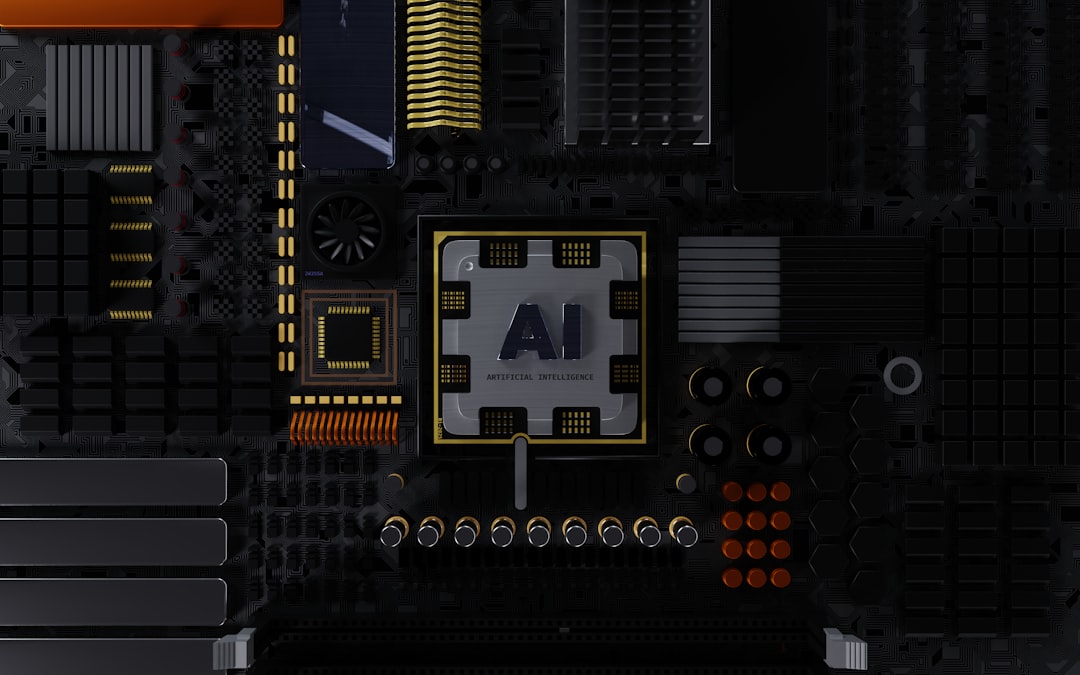The smartphone industry has taken great strides in integrating artificial intelligence (AI) into its devices. Google’s Pixel line stands out for this very reason, boasting some of the most advanced AI features on the market. From voice recognition to real-time transcription, AI in Pixel phones powers an ecosystem of intelligent, user-focused tools. Comparing the Pixel 6 and the Pixel 8 Pro shines a spotlight on how swiftly this technology has evolved in just two generations. This article explores how the AI capabilities differ between the two models and what that means for the everyday user.
AI at the Core: Tensor Chips in Pixel 6 and Pixel 8 Pro
One of the most critical components driving AI features in smartphones is the processor. The Pixel 6 marked a milestone for Google with the introduction of the first-generation Tensor chip. Designed in-house, this chip focused heavily on machine learning and AI-driven tasks over raw computing power. The result was a more personalized smartphone experience through features like Magic Eraser, on-device dictation, and Real Tone photography.
Fast forward to the Pixel 8 Pro, and Google has refined its vision with the Tensor G3 chip, built specifically to power even more sophisticated AI experiences. This updated silicon pushes the boundaries with real-time language translation, upgraded photo editing tools, and dramatically improved voice interactions.
AI-Powered Photography
Photography has always been one of the strongest suits of the Pixel lineup, and with each iteration, AI enhances this experience. On the Pixel 6, users were introduced to features like:
- Magic Eraser: Remove unwanted background elements from photos.
- Face Unblur: Sharpen pictures where subjects might be slightly out of focus.
- Real Tone: A more inclusive way of rendering skin tones accurately.
These features were made possible by the Tensor chip’s AI capabilities and image processing power. However, with the Pixel 8 Pro, Google took photography to the next level. The new AI-driven enhancements include:
- Best Take: Automatically suggests the best expression for each person in a group photo by using frames shot before and after the image.
- Magic Editor: A significant upgrade over Magic Eraser—allowing users to change backgrounds, reposition people, and apply dramatic lighting—all through an intuitive, AI-guided interface.
- Video Boost with Night Sight: AI enhances low-light video footage in real-time, a feature missing from Pixel 6.
These additions not only increase creativity but also make high-end editing accessible to the average user without any professional software involved.

Voice and Language AI
Google’s AI voice tools have seen a tremendous upgrade between Pixel 6 and Pixel 8 Pro. With Pixel 6, Google introduced efficient on-device voice typing powered by AI. It was fast, relatively accurate, and capable of inserting punctuation automatically.
In contrast, the Pixel 8 Pro not only improves accuracy but also introduces multiple linguistic capabilities simultaneously. Key language-related features in the Pixel 8 Pro include:
- Interpreter Mode: Real-time translation in face-to-face conversations covering over 40 languages with better fluency.
- Summarize in Recorder App: The upgraded AI can now summarize recorded conversations, interviews, or lectures into short, digestible notes.
- Improved Assistant with Bard Integration: Expected to integrate Google’s experimental AI chatbot, Bard, providing more natural and contextual conversational assistance.
The evolution is clear: while Pixel 6 introduced solid voice features, Pixel 8 Pro makes them indispensable tools, especially for global travelers, business users, or everyday multitaskers needing streamlined workflows.
Real-Life Utility: Smarter Features Across the Board
Both phones are equipped with Google Assistant, but the AI-driven capabilities on the Pixel 8 Pro extend far beyond basic tasks:
- Call Screen 2.0: While both phones use Google’s Call Screen feature to filter spam calls, the Pixel 8 Pro’s model is more advanced, with more natural speech and less robotic responses, presenting real-time call summaries to the user.
- Contextual Smart Replies: Pixel 8 Pro offers better auto-replies in apps like Gmail and Messages based on the context of conversations.
- Personalized Routines: It takes user behavior into account to automatically suggest alarms, reminders, or messages at the right time.
Another addition in the Pixel 8 Pro is Google’s experiment with enhancing accessibility through AI. For instance, Lookout now reads labels, documents, and menus aloud with high precision, while the improved screen reader uses natural-sounding voices and can describe images without relying solely on alt texts.
Battery Optimization with AI
The Pixel 6 introduced adaptive battery features using AI to predict the apps a user is likely to open and reduce background activity for lesser-used apps. This already-impressive feature gets a boost in the Pixel 8 Pro through Adaptive Charging 2.0 and AI-driven power analytics.
These upgrades analyze daily charging habits and usage patterns to optimize the lifespan of the battery, making charging smarter and longer-lasting. Additionally, the device can recommend battery-saving suggestions ahead of time—before power becomes critically low.
Privacy and AI on Device
One major concern with AI features is data privacy. Both the Pixel 6 and Pixel 8 Pro emphasize on-device AI processing, ensuring that sensitive data like voice transcriptions and personal images don’t always need to be uploaded to the cloud.
With the advance of the Tensor G3 chip in Pixel 8 Pro, more processing can occur locally than ever before, which aligns with Google’s increased commitment to private AI. Smart replies, voice typing, and even photo categorization happen seamlessly within the device itself.

Conclusion: Which Pixel Wins the AI Battle?
When it comes to AI features, the Pixel 6 was an ambitious leap into Google’s vision of device intelligence. It set the groundwork for a smarter smartphone experience, integrating helpful tools like Magic Eraser and voice typing with surprising accuracy and reliability for its time.
However, the Pixel 8 Pro is a massive leap forward. With a re-engineered Tensor G3 chip, the Pixel 8 Pro fine-tunes nearly every AI-driven experience introduced by its predecessor, while also introducing groundbreaking features that merge creativity, language, and personalization.
For those seeking the pinnacle of AI on a mobile device—especially in photo editing, voice-based interaction, and personalization—the Pixel 8 Pro clearly leads the way.
FAQ: Pixel 6 vs Pixel 8 Pro AI Features
- Q: Are AI features like Magic Eraser available on Pixel 6?
A: Yes, the Pixel 6 introduced Magic Eraser, enabling users to remove unwanted objects from photos using AI. - Q: Can Pixel 6 use the Magic Editor available on Pixel 8 Pro?
A: No, Magic Editor is exclusive to the Pixel 8 Pro and represents a major upgrade over Magic Eraser. - Q: Is on-device voice typing available on both devices?
A: Yes, but the Pixel 8 Pro’s version is faster, more accurate, and supports better punctuation and editing. - Q: Is there a major AI chip difference between the two?
A: Definitely—the Pixel 6 uses the original Tensor chip, while Pixel 8 Pro has the more powerful and efficient Tensor G3. - Q: Do both phones support AI-powered call screening?
A: Yes, but the Pixel 8 Pro uses a more advanced system with smoother, more human-sounding interactions. - Q: Which phone is better for AI-driven photography?
A: The Pixel 8 Pro easily outperforms with features like Best Take, Magic Editor, and Night Sight Video.



